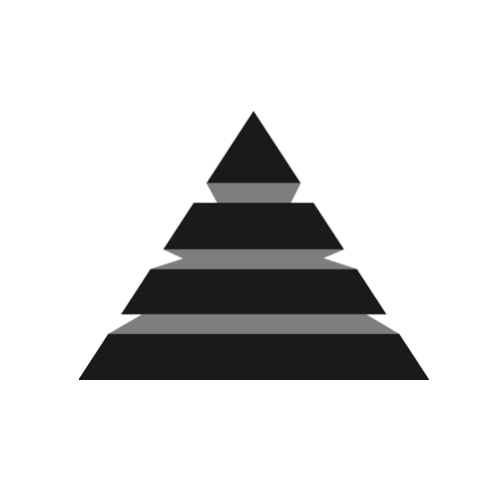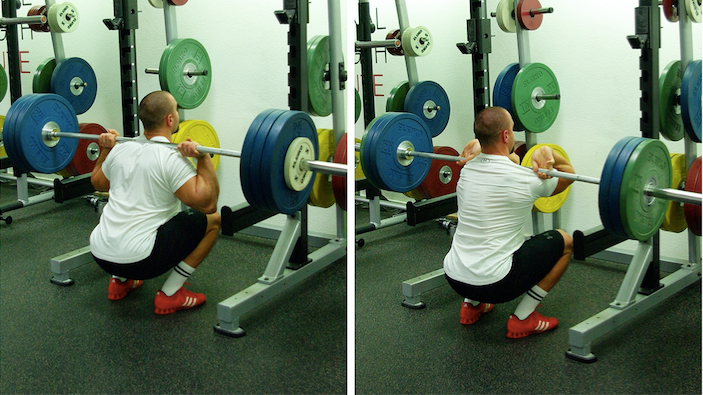The squat and its variant, the front squat, are two of the most important exercises in strength training.
But is one variant better than the other?
3 benefits of the squat
– The squat is a simpler movement pattern that is quicker to learn than the front squat movement pattern.
– The squat is primarily a leg exercise. This means a weak upper body is not limiting. For example, when I coached the Hungarian national speed skating team for the first year, only one in five women could do a pull-up. However, they could all squat over 60kg. This means that the weight was very heavy on their backs. Her front squat weight would have been under 40kg. Accordingly, too little of the stimulus would be on the leg muscles. Therefore, you must first strengthen your upper body and optimize muscular balance - and then do front squats.
– The squat works more of the posterior chain (erector spinae, hamstrings) as there is a slight bending of the upper body and it needs to be straightened by the posterior chain, while the front squat has to keep the upper body upright throughout the movement, otherwise you could unable to hold weight.
3 benefits of the front squat
– The front squat is more of a full body workout as the weight is in front of the neck on the shoulders. So the core muscles have to do a lot of stabilization and the upper back has to hold the weight in place while the legs perform the movement.
– The front squat is the more advanced exercise. More muscle is recruited and exercise is more taxing on the body and central nervous system overall.
– The front squat is a better predictor of injury risk and performance because fewer compensatory patterns are possible and more muscular balance and mobility, particularly in the shoulder and ankle, are required to perform this exercise.
As mentioned, the upper back has a lot of work to do in the front squat and is the limiting factor when it comes to safe execution. That's why I recommend no more than 6 repetitions for the front squat.
Conclusion: With these two exercises, there is not “either/or”, but “when” and at which training status which variant is decisive for maximum progress.
Good luck with squats and front squats!
You can find more about squats - including a 10 phase training program - in the YPSI Handbook - Improve your Squat
Image: YPSI Coach Goran Sirovina in bottom squat and front squat position.

